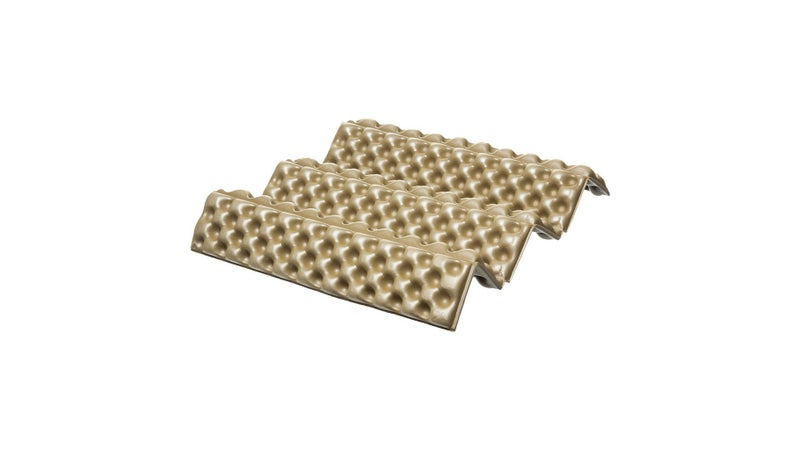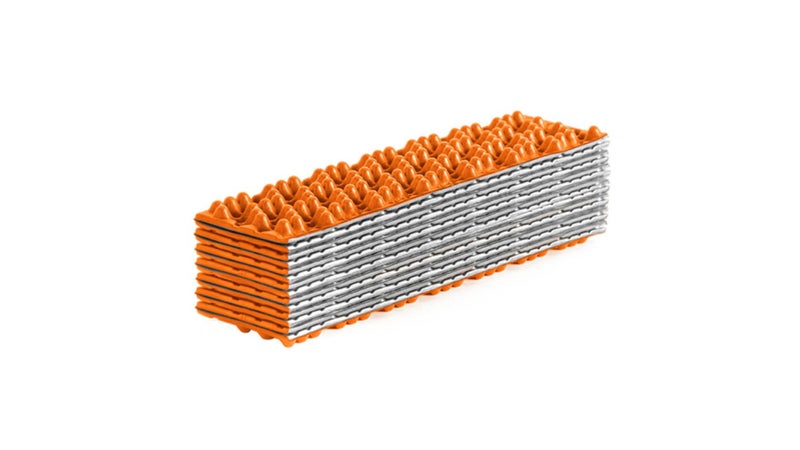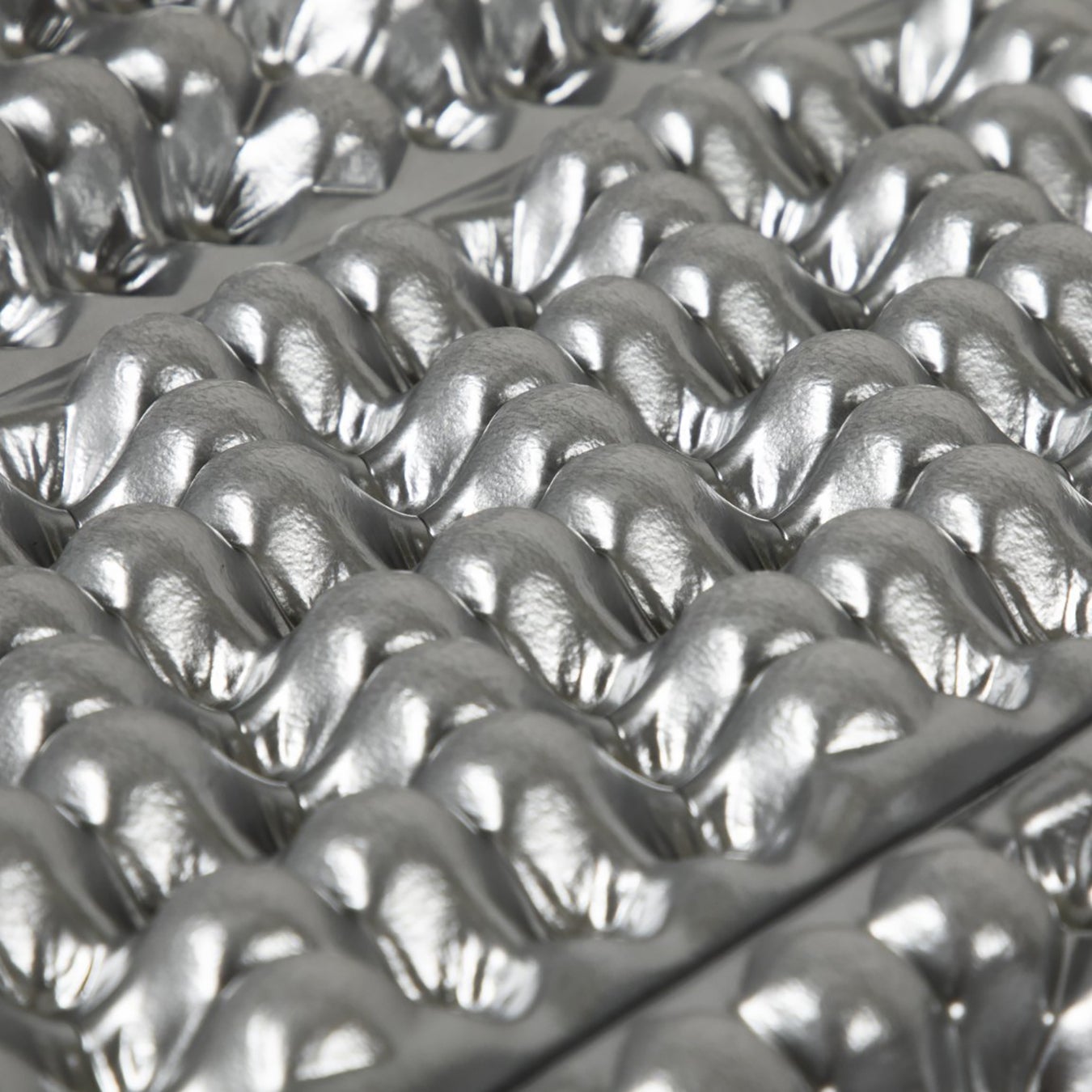I remember the first time I saw an inflatable sleeping pad. It was on a motorcycle camping trip with friends, and one of them had to run a quick errand into town.��I volunteered to pack up his gear while he was gone��to speed up the group’s departure. I’d just finished stuffing his sleeping bag, looked for what was next, and was awestruck to discover this thing that was a full three inches thick, yet weighed virtually nothing. I bought the same one—a —as soon as I got home.
I also remember the first time an inflatable sleeping pad totally failed me��on a backpacking trip. My wife and I were 20 miles into the backcountry one freakishly hot Thanksgiving weekend when our brand new, ultra-fancy, two-person pad suddenly deflated in the middle of the night. I tried blowing it back up, and when it wouldn’t hold air, used my headlamp to count 17—yes, 17—holes that had inexplicably formed in its surface. I still have no idea what caused those 17 perforations.��The hike out the next day over a mountain pass, with zero sleep, in 100-degree temperatures, was one of the most miserable of my life.
At less than an inch thick, closed-cell foam sleeping pads will never be as comfortable as the inflatable alternatives. But, they’re also nearly��indestructible, impervious to water, and extremely light. That’s why I keep one rattling around in my truck bed��or strapped to the outside of my backpack, even when I’m not camping.
Extra Insulation
In order to achieve their advertised temperature ratings, a sleeping bag must be paired with a sleeping pad equipped with an R-value—a measure of insulation—of 4.0 or greater. But most inflatable sleeping pads sold for three-season use have an R-Value around 3.0. So, even on chilly summer nights in the mountains, you might find yourself sleeping cold in temperatures well above that bag’s rated comfort level.
Because your body weight compresses the insulation on the underside of a sleeping bag, and because cold ground is capable of sucking the heat right out of your body, you rely on the pad to provide insulation beneath you. The easiest, lightest way to add insulation to an inflatable pad? By adding a closed-cell foam one.
The $50, 14.5 ounce I use has an R-Value of 2.0. If I add that to the 3.0 R-Value inflatable pad I usually take backpacking,��I’m able to sleep comfortably in temperatures well below freezing,��without buying an expensive, heavy, winter sleeping pad. And the closed-cell foam pad also acts as a shield against anything pointy or sharp on the ground, preventing my inflatable pad from getting punctured.

A Comfortable Seat
Three or four nights a week, for the last six weeks, I’ve spent evenings hunting black bears near my home��in southwest Montana. That meant driving to a trailhead after work, hiking five to ten miles into the mountains, then sitting in a bush somewhere, staring into a pair of binoculars until the sun set. My routine was��a lot more comfortable because I carried a $15 along. Basically just a cut-off end of one of the brand’s , it weighs only two ounces, meaning I can carry it anywhere. It’s a little bulky, but because closed-cell foam is impervious to water and strongly resists abrasion, I can strap it to the outside of a pack with the kind of reckless abandon you could never apply to something inflatable.
I carry that Z-Seat with me any time I carry a backpack. It’s been to three continents, fallen in a campfire, and been submerged in an ocean. Now it looks a bit tatty, but it functions as if it’s��brand new.
The only time I don’t carry it is when I might need to sit still for an even longer amount of time, so long��that I might want to take a nap at some point. I’ll be doing that starting on August 15, when archery antelope season opens. The wariness and extreme vision of those critters dictates an overnight approach, and often all-day sits��inside a ground blind. Folded in half to double its thickness, the Switchback will keep me comfortable through it all. I’ll use it again later in the year while hunting waterfowl from a layout blind.
A Bed for Your Dog
On long distance backpacking trips in mild weather, my dogs are usually fine sleeping on the bare ground. But in conditions approaching or below freezing, they’re subject to the same conductive heat loss through the cold ground as humans. So, I carry that Switchback, and they sleep on top of it in , curled up like baby foxes.
Because closed-cell foam pads don’t absorb liquids��and so strongly resist��damage, they make��ideal dog beds elsewhere too. In bad weather, Wiley sleeps in my truck bed, underneath our camper, and the Switchback cushions him from the bed’s ridges. The next morning, his fur shakes right off the pad.

Better Mattresses
The two-inch thick foam mattress in that camper isn’t terribly comfortable, nor as insulating as I’d like for cold weather. If there are two of us camping, to maximize comfort��I add a self-inflating, air and foam pad. But if it’s just me, I keep things lighter and simpler by sleeping on top of the Switchback, on top of the camper mattress. That and a zero-degree mummy bag are all I need for a good night’s sleep in virtually��any weather.
And��bringing your own closed-cell foam pad also comes in handy for many boats, bunks, and couches that feature limited padding��or poor support. I tend to encounter sleeping areas like those when I’m on big adventures, where sleep is crucial to my performance.
Being able to guarantee a full night of sleep anywhere, in any condition, is a remarkable capability to have. Doing that for $50 or less,��and just a few ounces of weight, is extraordinary value. I don’t want to rely on one as my primary sleep surface any more than you do, but with the versatile��ability to add comfort to almost��any situation, the closed-cell foam pad earns its place in any outdoorperson’s��arsenal of gear.


